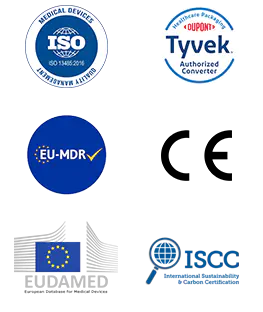As modern healthcare systems raise the bar for infection control, hospitals, dental clinics, and research institutions are increasingly adopting refined sterilization technologies. Low-temperature plasma sterilization, particularly hydrogen peroxide-based methods, is widely used for heat-sensitive instruments and complex devices. In this process, Plasma Indicator Strips Tape serves as a critical chemical indicator, providing highly intuitive, reliable, and traceable verification of the sterilization cycle, playing an indispensable role in ensuring sterilization quality and improving management efficiency.
Content
- 1 Visual Verification: Color Change Safeguards Sterilization Efficacy
- 2 Compatible with Various Plasma Sterilization Systems to Meet Diverse Clinical Needs
- 3 Convenient Use and Safe Materials Make It Essential in Daily Hospital Operations
- 4 Storage and Expiry Management: Ensuring Consistent Indicator Performance
- 5 Staff Training: From Color Recognition to Standardized Interpretation
- 6 Driving Standardized and Systematic Sterilization Workflow Management
- 7 Conclusion: Moving Towards Advanced Visualization in Sterilization Management
Visual Verification: Color Change Safeguards Sterilization Efficacy
Traditional sterilization often relies on equipment parameters such as time, temperature, and pressure, which provide basic assurance but may overlook sterilization dead zones caused by improper instrument placement. Plasma Indicator Strips Tape offers a real-time visual feedback mechanism through chemical reactions in the plasma environment. Upon exposure to an effective sterilization cycle, the tape changes from its original color to a distinct contrasting shade. This transformation clearly indicates that the packaging has undergone successful sterilization, reducing human error and omission risks, thereby improving overall sterilization pass rates and process compliance.
Compatible with Various Plasma Sterilization Systems to Meet Diverse Clinical Needs
Currently, healthcare facilities utilize low-temperature plasma sterilizers based on hydrogen peroxide, prized for short cycles, low temperature, and residue-free sterilization. Plasma Indicator Strips Tape is compatible with many brands and models, allowing verification of each sterilization batch and item within the chamber. This chemical validation method complies with industry standards such as ISO 11140, serving as an essential supplement to quality control processes. It enables healthcare providers to build transparent, closed-loop sterilization verification systems that meet the precise sterilization requirements of varied clinical environments.
Convenient Use and Safe Materials Make It Essential in Daily Hospital Operations
These indicator tapes feature easy-to-use, self-adhesive designs, allowing simple application on packaging surfaces, instrument exteriors, or sterilization container edges. During sterilization, the tapes maintain adhesion without compromising the sterile barrier or deforming under heat, humidity, or plasma exposure. Importantly, they are made of non-toxic, environmentally friendly chemicals that ensure biocompatibility and no harmful residue, meeting the safety standards required for frequent use in hospitals and laboratories. The straightforward application requires minimal training, making these tapes indispensable tools for sterilization supply centers, dental clinics, operating rooms, and biological laboratories.
Storage and Expiry Management: Ensuring Consistent Indicator Performance
Chemical indicators are sensitive to storage conditions. To maintain chemical reactivity and accuracy, Plasma Indicator Strips Tape must be sealed and stored in dry, dark, and room-temperature environments. Prior to use, the packaging must be intact and within its expiration date. Expired indicators may exhibit inaccurate color changes, compromising sterilization verification. Therefore, institutions should implement regular stock rotation, assign personnel to manage shelf life, and perform periodic sampling and testing. Proper batch control with corresponding sterilization cycle documentation supports data traceability and post-process analysis.
Staff Training: From Color Recognition to Standardized Interpretation
While the color change on Plasma Indicator Strips Tape is designed for easy visual interpretation, factors such as lighting, operator experience, and fatigue can influence judgment accuracy. It is essential to provide comprehensive training to healthcare staff, including how to recognize the range of color changes, identify uneven or abnormal patterns, and when to conduct further verification. Training should incorporate reference charts, physical samples, and simulated assessments to ensure all operators make accurate decisions under high-pressure conditions, minimizing human error in sterilization management and directly contributing to patient safety.
Driving Standardized and Systematic Sterilization Workflow Management
More than just consumables, Plasma Indicator Strips Tape acts as a critical node in the sterile quality control system, transforming the traditionally invisible sterilization process into a traceable, recordable, and auditable workflow. This supports healthcare facilities in establishing unified sterilization records that facilitate quality audits, process optimization, and incident tracing. In critical areas such as operating rooms, endoscopy centers, and dental clinics, these indicators serve as key monitors and early warning points, enabling timely adjustments and ensuring a scientifically robust infection control system.
Conclusion: Moving Towards Advanced Visualization in Sterilization Management
With increasingly stringent infection control regulations worldwide, sterilization management is entering a new era of high standards and full-process visualization. Plasma Indicator Strips Tape, as a mature and easy-to-use chemical monitoring tool, is becoming a vital asset for healthcare institutions seeking to improve quality and efficiency. It not only enhances the safety and controllability of each sterilization cycle but also supports data-driven process improvements, safeguarding the sterilization integrity of countless clinical instruments.
Looking ahead, the integration of smart recognition technologies, digital tracking, and AI-assisted interpretation will further expand the capabilities of Plasma Indicator Strips Tape, enabling modern healthcare to build a more precise, transparent, and reliable sterilization management system—ultimately protecting the safety of patients and healthcare professionals alike.

 English
English Français
Français Deutsch
Deutsch Nederlands
Nederlands

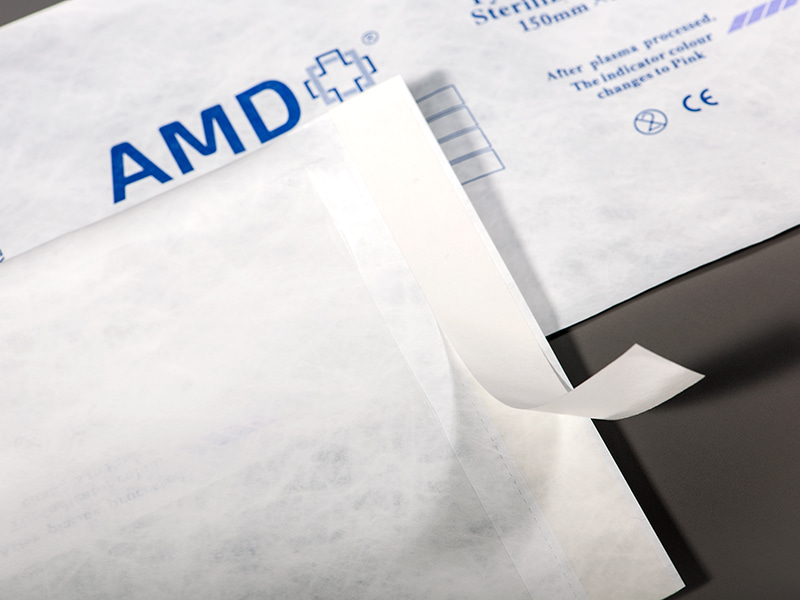
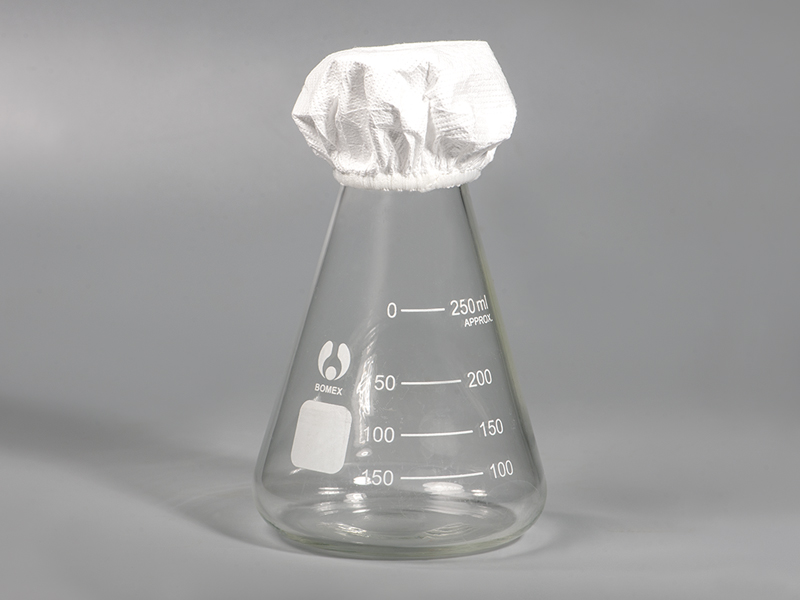
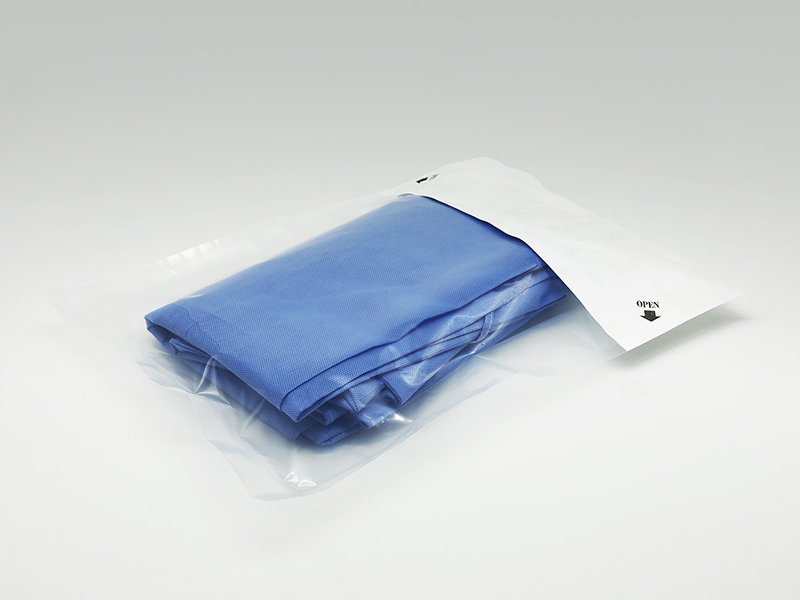




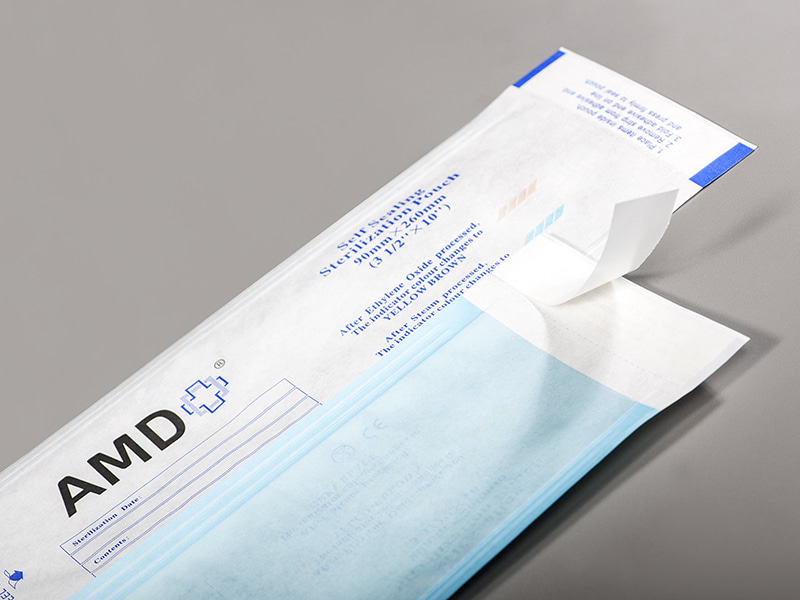

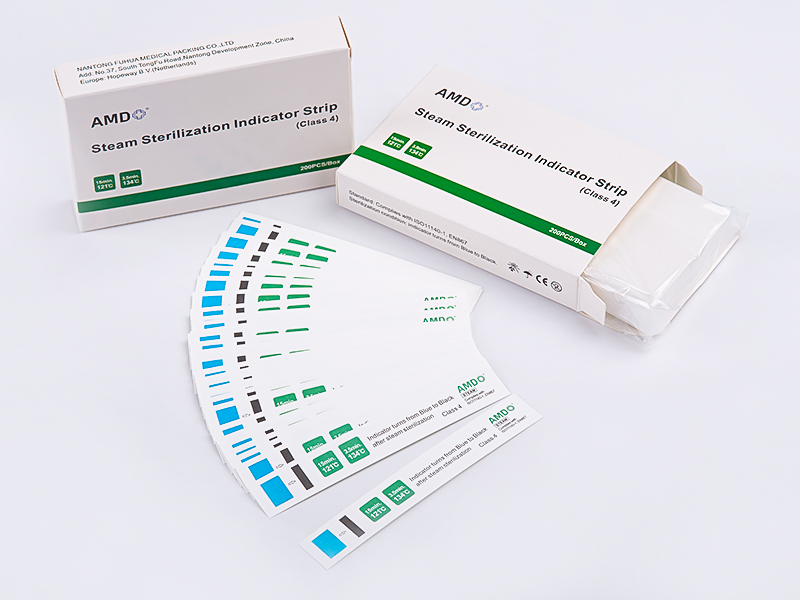
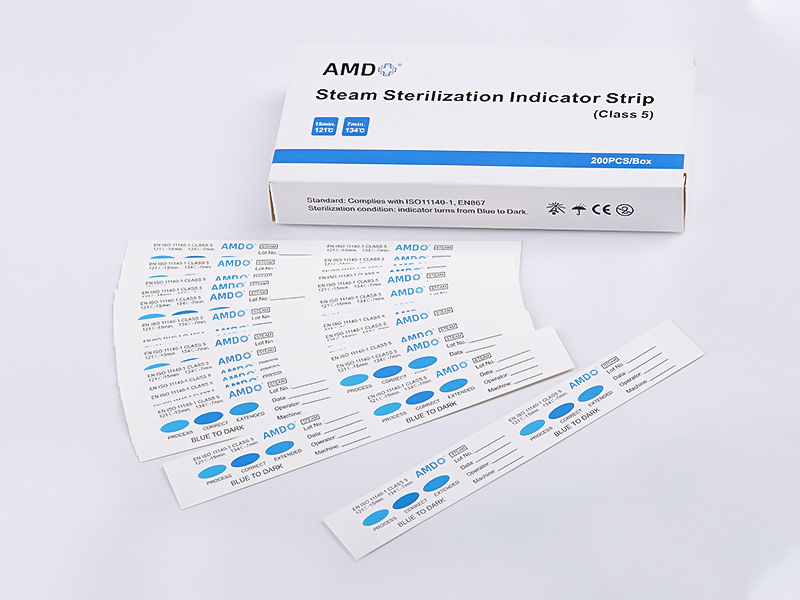

 ‘s-Gravenweg 542, 3065SG RotterdamThe Netherlands
‘s-Gravenweg 542, 3065SG RotterdamThe Netherlands
 +31 (0)10 254 28 08
+31 (0)10 254 28 08
